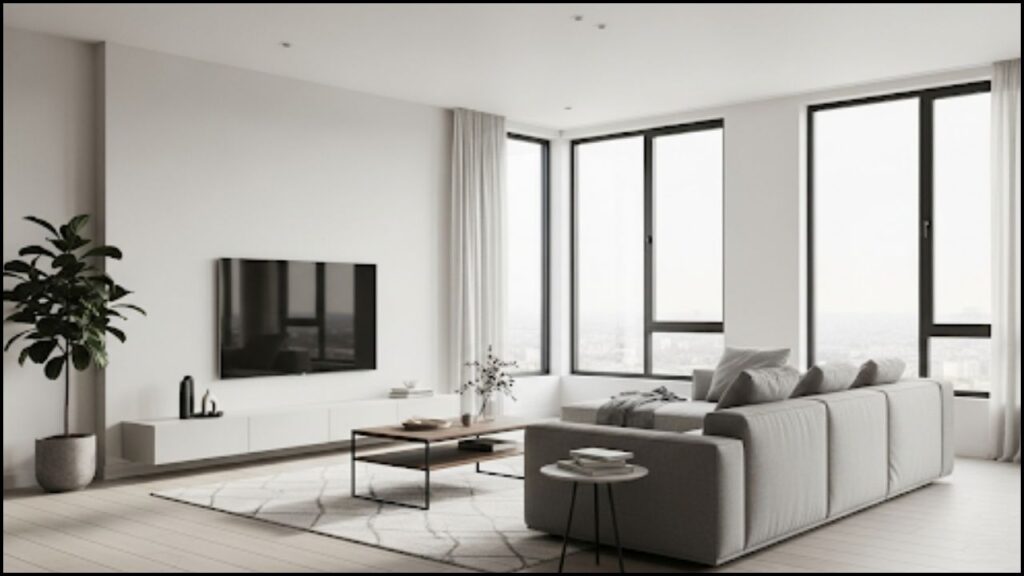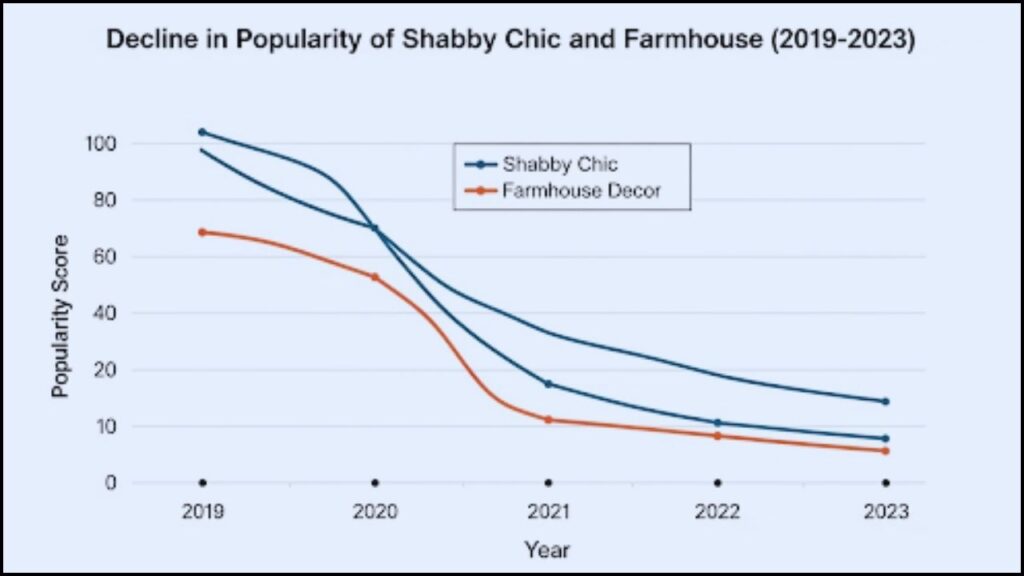
The appeal of nostalgic design has long driven home decor, but a shift is underway as prominent interior designers reassess which vintage-inspired trends continue to hold relevance. While classic elements endure, an increasing number of decorators and design experts contend that several once-popular styles now appear dated rather than timeless. This move away from specific vintage aesthetics reflects broader changes in public taste, a desire for authenticity, and a renewed emphasis on minimalism and functionality.
The Shift Away from Overly Distressed and Themed Decor
According to a recent survey by the American Society of Interior Designers (ASID), client requests for certain rustic and highly thematic styles have declined significantly in recent years. Designers note a growing client preference for spaces that feel unique and curated rather than mass-produced. This new focus on authenticity challenges styles that rely on artificially aged or uniform aesthetics.
1. The Decline of Shabby Chic
Once a cornerstone of romantic, rustic interiors, shabby chic is now often viewed as a style of the past. Characterized by distressed paint, worn fabrics, and a profusion of floral patterns and ruffles, the look gained widespread popularity in the 1990s. However, designers like Joanna Gaines, co-founder of the Magnolia design empire, have noted its decline, stating that “overly distressed furniture can now look manufactured instead of genuinely antique.” This sentiment is echoed by New York-based designer Sarah Lavoine, who argues that the style’s uniform execution has rendered it less personal. “True vintage is about character and story, not a factory-distressed finish,” Lavoine said in a recent interview with Architectural Digest.
2. The Saturation of Farmhouse Decor
The farmhouse aesthetic, a vintage-inspired trend popularized by television programs and social media, has reached a point of saturation. Defined by rustic wood, open shelving, white shiplap, and industrial accents, its widespread adoption has led to a perception of it being unoriginal. While designers appreciate the comfort and warmth of the style, many are now steering clients toward more refined and personalized interpretations. Lisa C. White, an adjunct professor of interior design at the Fashion Institute of Technology (FIT), explained that “the challenge with any trend is that it becomes a uniform. When every home has the same barn doors and galvanized metal accents, it loses its special quality.”

Reconsidering Material and Color Palettes
The way materials are used and colors are applied is also evolving, with a move toward more understated and authentic finishes. Designers are moving away from materials that attempt to replicate age and instead prioritizing quality and natural texture.
3. Faux-Patina Metals
While aged brass and copper can add richness to a space, the widespread use of new metals treated to look old is being challenged. According to The Copper Development Association, true patina develops over time and tells a story of the object’s history. However, designers report an overabundance of fixtures and hardware with an artificial, uniform patina that lacks this authenticity. San Francisco-based designer Ken Fulk has noted in design publications that he now prefers polished or living finishes that will age naturally, stating that “a material should be honest about its age. Forcing a patina often just looks… forced.”
4. Overly Distressed Hardwood Floors
Distressed hardwood flooring, once sought after for its rustic charm, is increasingly being replaced by natural, smooth finishes. The artificial scuffs and divots that characterize distressed floors are now seen as a design compromise. Maria T. Jones, a certified master interior designer at the National Council for Interior Design Qualification (NCIDQ), points out that “a truly old floor has a beautiful, organic wear pattern. Mass-produced distressed floors have a repetitive, unnatural texture that is easily identifiable.” The focus is shifting to high-quality, sustainably sourced wood with a clear finish that showcases its natural grain.
Accessories and Accents That Have Lost Their Appeal
Small details, from decorative accents to lighting, are also under scrutiny. The curated, personalized approach is displacing the uniform, mass-market look.
5. Edison Bulbs in Modern Fixtures
The exposed filament of an Edison bulb, with its warm, amber glow, was a staple of the industrial-chic revival. While aesthetically pleasing in specific contexts, its ubiquitous use in modern light fixtures has caused it to lose its special quality. The trend’s over-application, often in spaces that do not align with an industrial theme, has led to a sense of visual fatigue. Michael S. Smith, an interior designer whose portfolio includes the Oval Office, has commented on the trend’s decline, favoring more functional and concealed lighting options that focus on the quality of light itself rather than the bulb.
6. Mass-Produced Vintage Signage
The use of vintage-style signs with sayings like “Live, Laugh, Love” or “Coffee” has been a common feature in many homes. While intended to add a touch of nostalgic charm, these mass-produced items are now seen as generic and impersonal. Experts argue that they detract from a home’s unique character. Emily Henderson, a prominent design blogger and stylist, has consistently advocated for decorating with pieces that hold personal significance, whether they are genuine vintage finds or unique art. “A home should tell your story, not just repeat a popular phrase from a factory-made sign,” Henderson said on her blog.
This evolution in interior design reflects a broader societal movement toward authenticity and sustainability. As tastes mature, the emphasis is moving from superficial vintage aesthetics to genuine, high-quality pieces that tell a real story. Experts predict this trend will continue, with homeowners prioritizing personal expression and enduring quality over fleeting stylistic fads.
Finding and Safely Installing a Vintage Lamp: A Guide to Thrifting Electrical Fixtures
